Ten of The Rarest Animals on Earth
Hello Fellow Steemians...
i have been away for sometime now, but i am back and am posting about what i like the most.
Hope you will like this post :)
AMUR LEOPARD
An Amur leopard named Usi from Nebraska's Omaha Zoo is captured in mid-prowl in this picture by National Geographic photographer Joel Sartore.
Found in the Primorye region of Russia, the Amur leopard is a very rare subspecies of leopard: A 2007 census counted only 14 to 20 adults and 5 to 6 cubs. That makes the big cat one of about 2,300 species that are considered critically endangered by the International Union for Conservation of Nature (IUCN). This gallery will highlight some of these animals that are literally on the edge of extinction. (Learn how to help big cats with National Geographic.)
By documenting such rare species, Sartore wants to show the public what we would lose if they disappeared forever. He has also written a book called RARE: Portraits of America's Endangered Species.
Sartore says he chose to take portraits of his animal subjects because the format gives equal weight to creatures big and small.
SUMATRAN RHINOCEROS
Harapan, a four-year-old male Sumatran rhinoceros at Florida's White Oak Conservation Center, appears to emerge from the shadows in this photograph.
The total population of this critically endangered species is estimated at fewer than 275 individuals. Like other rhinos, this species has been heavily targeted by poachers who are after its horns.
WESTERN LOWLAND GORILLA
Seemingly in awe, a six-week-old female western lowland gorilla has its picture taken at the Cincinnati Zoo.
Surveys since the 1980s suggest that commercial hunting and outbreaks of the Ebola virus are behind the gorilla species' plummeting numbers in its native Africa.
MOUNTAIN PYGMY POSSUM
The pygmy mouse is the only Australian mammal that lives in alpine environments.
But the small creature has been declining as its habitat is severely fragmented or destroyed by various construction projects and ski resorts.
PHILIPPINE CROCODILE
The Philippine crocodile, pictured above, is a relatively small freshwater crocodile: Males usually don't grow more than about 10 feet (3 meters) long, and females are even smaller.
The reptile's habitat-lakes, ponds, marshes, and other bodies of water-has been widely converted into rice paddies. The animal has also suffered from hunting and destructive fishing methods such as the use of dynamite, according to IUCN.
SUMATRAN ORANGUTAN
A Sumatran orangutan at the Gladys Porter Zoo in Brownsville, Texas, seems to pose for a portrait.
Native to the island of Sumatra, Indonesia, Sumatran orangutans are almost exclusively tree dwellers—a lifestyle that's led to their decline as Sumatra's forests increasingly fall to logging.
The great ape has dropped in number by 80 percent in the past 75 years, and scientists estimate there are only about 7,300 left in the wild.
The northern bald ibis (pictured, an individual at the Houston Zoo) was thought extinct until it was rediscovered in the Syrian desert near Palmyra in 2002. Habitat disturbance and hunting are the main drivers behind the bird's decline in its Middle Eastern habitat.
According to a Turkish legend, the northern bald ibis was one of the first birds that Noah released from the ark, as a symbol of fertility.
BLACK-EYED TREE FROG
Photographed at the National Aquarium in Baltimore, this black-eyed tree frog belongs to a species that scientists predict will decline by more than 80 percent over the next ten years.
Native to Mexico and parts of South America, the frog is under threat from habitat destruction and the chytrid fungus, an infectious disease that is decimating amphibians around the world
A Lord Howe Island stick insect, photographed at the Melbourne Zoo, seems to peer into the camera.
The insect was thought to have become extinct around 1920 after the introduction of rats to Lord Howe Island, which is located between Australia and New Zealand.
However, in 2001, the species was rediscovered on Ball's Pyramid, a rocky outcrop located about 15 miles (22 kilometers) from Lord Howe Island.
WHITE ANTELOPE
Sartore photographed this addax, or white antelope, at the Gladys Porter Zoo.
Scientists estimate that only 300 wild individuals of this critically endangered species remain; its population has plummeted due to hunting, drought, and even pressure from tourism. Once widespread throughout large swaths of Africa, it is now found only in Niger.
This post was originally on www.nationalgeographic.com
PHOTOGRAPH BY JOEL SARTORE
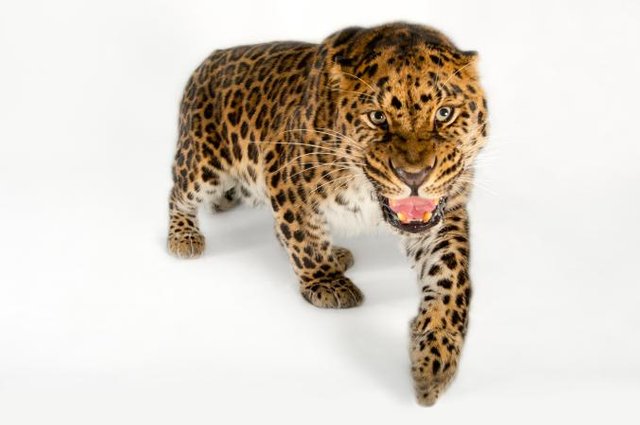
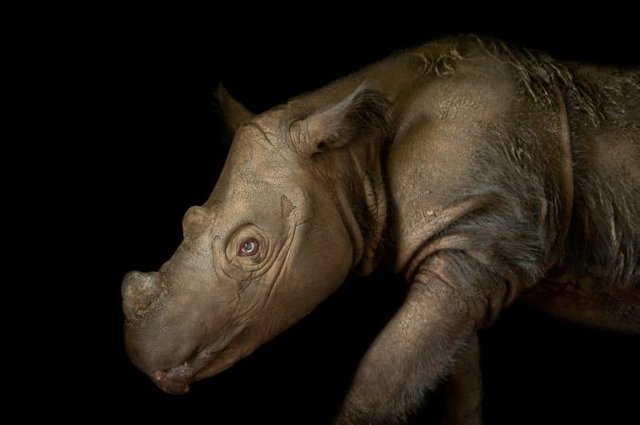
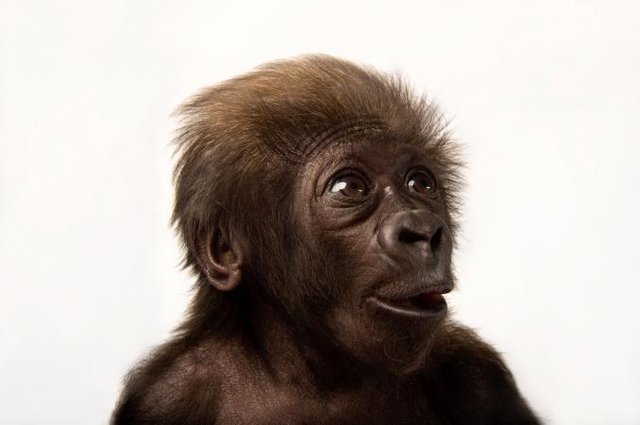
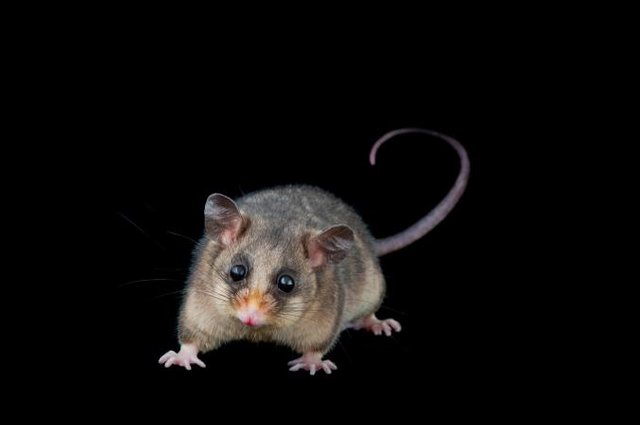
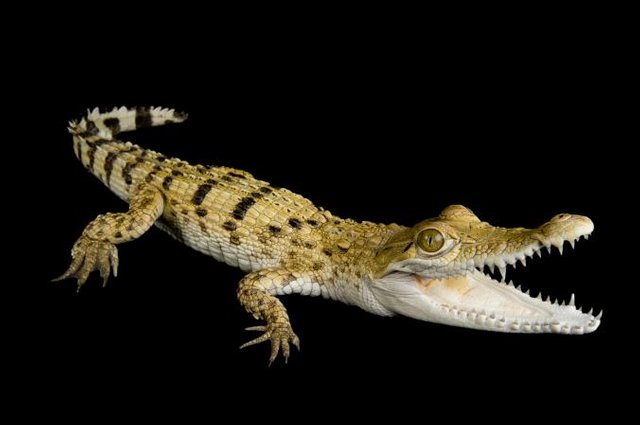
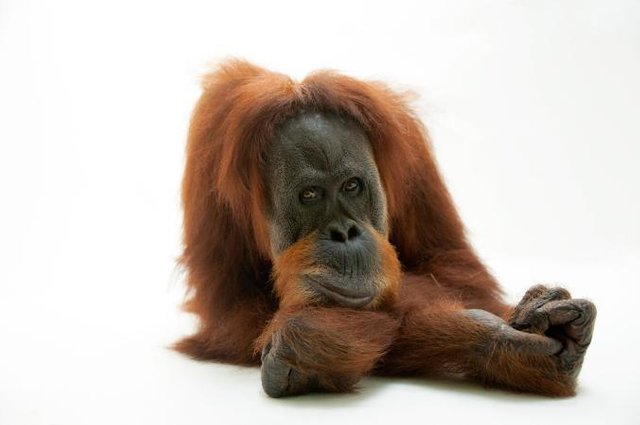
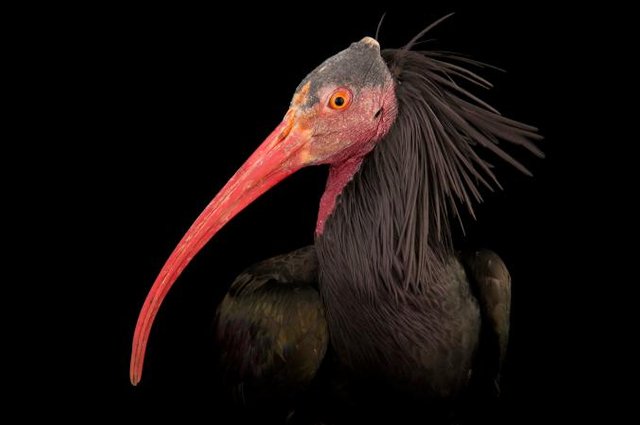
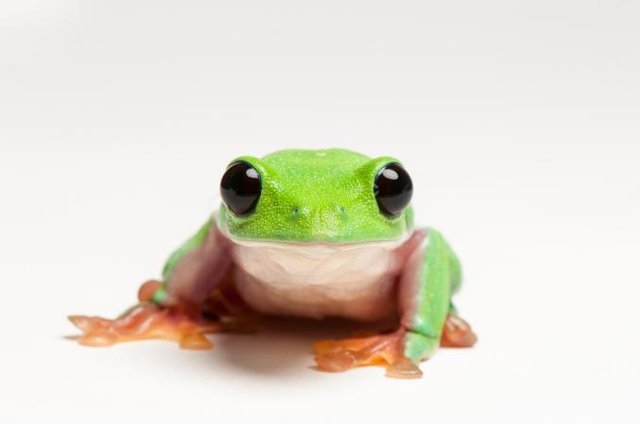
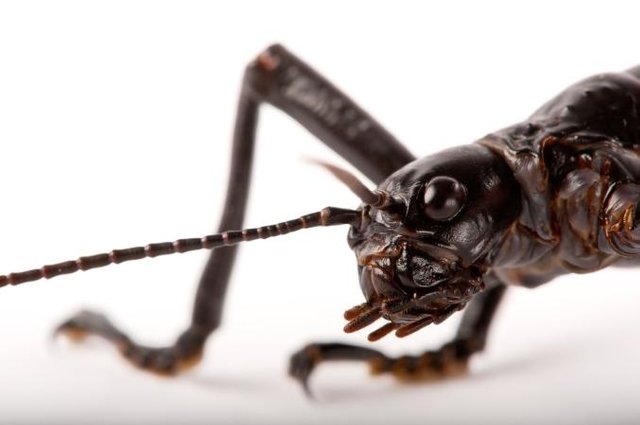
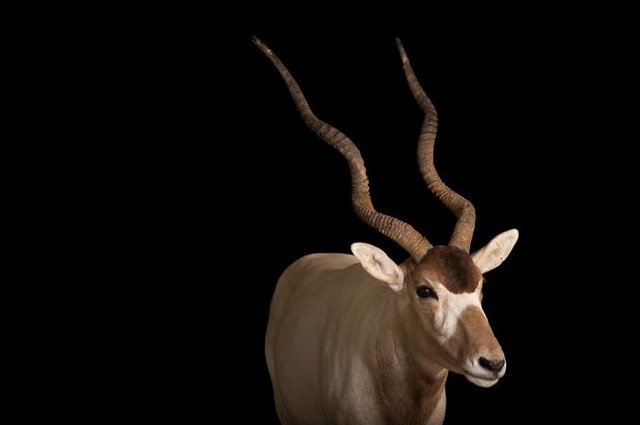
Thank you much for sharing this post. Animals are always so beautiful but actually seeing rare animals so close up they are magnificent. It is a sad state of affairs that so many animals are becoming endangered due to human greed and stupidity.
i agree with you, it so sad seeing such beautiful creatures disappear from our world due to out greed and stupidity
Hi! I am a robot. I just upvoted you! I found similar content that readers might be interested in:
https://www.youtube.com/watch?v=juzgPbyVvBo